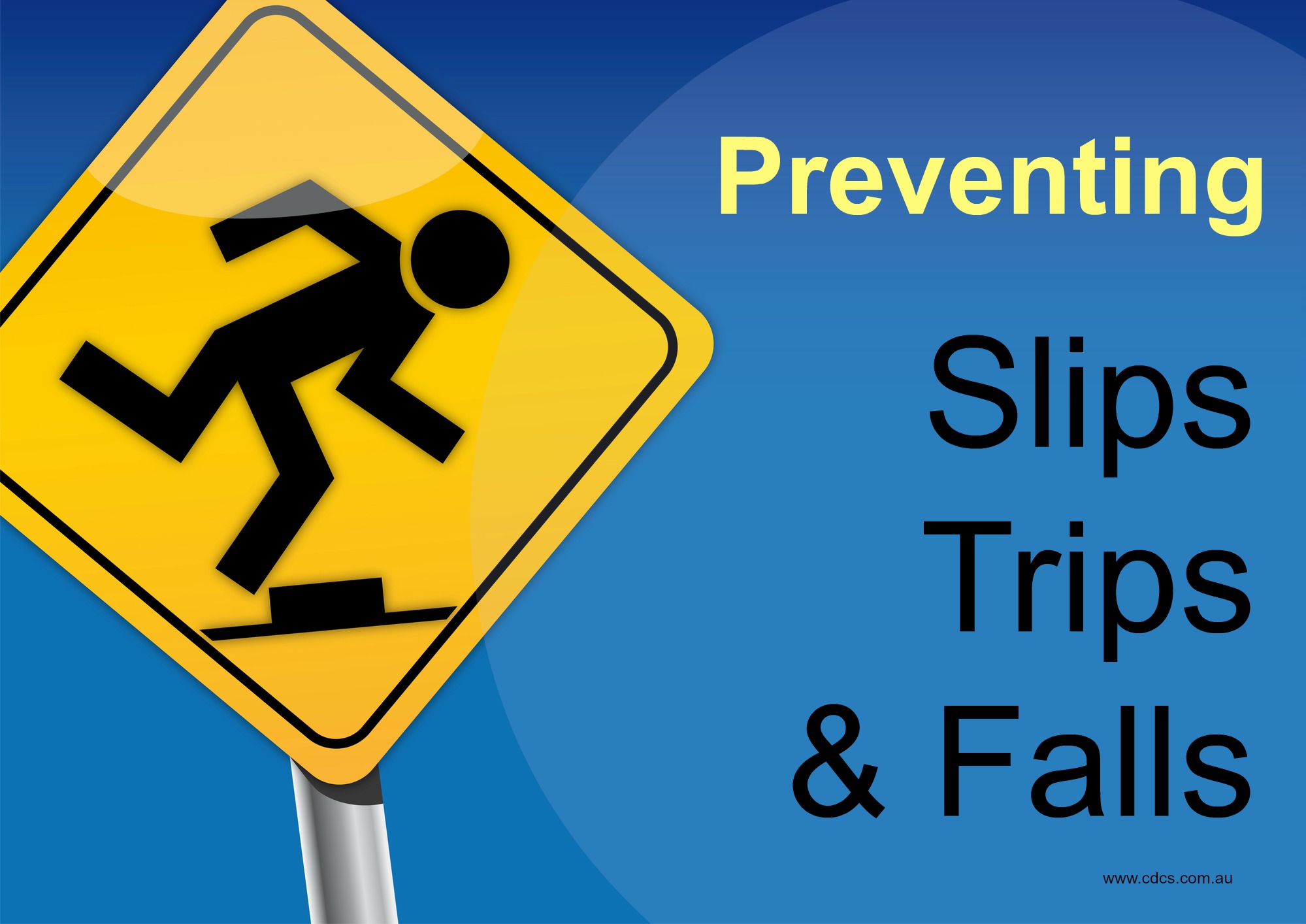Slips, trips and falls can happen to anyone, but we know that they become more common as people age.
In saying that, falls should not be dismissed as just a ‘part of getting older’ or that the person was ‘not paying attention’ – falls can be a warning sign that something is not right or that there are hazards that need to be addressed.
As we age the likelihood of a fall increases
The chance of tripping and taking a tumble does increase as we get older; this is partly due to the changes that occur naturally as our bodies and brains age. Some of the natural changes that can occur as we age are:
- Slower reaction times and poor coordination
- Impaired balance, due to stiffer joints and weaker muscles or perhaps alteration of our balance equilibrium
- A dip in blood pressure when standing up quickly
- Eyesight deterioration (distance and depth perception)
Sometimes these changes are not noticeable as they occur slowly over time; maybe it’s a little bit harder to get out of that comfortable recliner or to get up and down the stairs. A mat that has been in the same place for 20 years is tripped over because feet drag a little or eyesight is not as clear as it once was.
Other factors that contribute to increased risk of falls
There are other factors that can contribute to falls, one of these being medications. Common medications that can affect mobility are those taken for anxiety, depression or sleeplessness. These medications can produce side effects such as drowsiness, confusion and dizziness. Additionally, some over-the-counter medications such as those for dealing with hay fever can cause drowsiness. It is important that people carefully follow the instructions on medication labels and consult their doctor if they have any concerns.
The symptoms and side effects from health problems such as a stroke, Parkinson’s Disease and dementia can increase the risk of falling dramatically as the disease affects a person’s ability to move naturally, making it difficult to react quickly if they trip or stumble.
Short-term illnesses are also a common factor in contributing to the statistics of falls. People who are generally quite healthy and active can fall as a result of the dizziness and confusion associated with the flu or a head cold.
Then there are the physical hazards in our environment. The water lying on the floor after a shower, talcum powder that remains on the floor of the bathroom and the wet floors after mopping. Outside there are clumps of grass, divots in the ground and garden hoses lying around that are potential trip hazards.
Also, don’t forget the family pet! That fluffy white dog or cat can become a trip hazard if they tend to hover around the feet of the elderly person. Clutter, ill placed items of furniture, piles of loose papers lying around on the floor can also become a hazard.
Prevention is better than cure
Some people who have experienced falls may be worried about falling again and some people may be fearful of falling because it happened to someone they know. These fears can lead to a person restricting their activity, not socialising as much and increases the risk of loneliness and isolation. Those working in aged care need to relieve fears and encourage activity and independence of clients, so how can you assist them?
- Talk with clients and their families about falls risk assessments and refer where necessary.
- Ensure clients have good-fitting footwear (refer to a podiatrist if you have concerns).
- Conduct a home safety check and assist with removing hazards from the home and yard. This not only reduces the number of accidents associated with slips, trips and falls but may make it easier for your clients to get around in their home environment.
- Educate the client or their family carer on changes to their physical status that may increase the risk of a fall and help identify ways to minimise this.
- Encourage participation in activities that support the development of muscle tone and spatial awareness such as Tai Chi, yoga, dancing or light weight lifting.
Ageing does not need to result in a loss of independence or lead to a fall. A few minor changes such as the removal of a loose rug from the lounge room and making sure a garden hose is secured on a wall bracket may be all that is needed to protect against falls.
Falls Assessment
If a person has fallen more than once in the last 6 months there is an increased likelihood that they will fall again, so it is important they are referred for a falls assessment. If a slip, trip or fall occurs, ask the person for details such as the time of day they fell and what they were doing at the time. Document their responses carefully in their progress notes as this will help to ensure that all possible reasons for a fall are considered.
We cannot prevent all accidents from occurring, but we can manage risks by working closely with clients and addressing issues and concerns as soon as they are identified.
- Operations Guides – Don't find yourself up that creek without a paddle! - January 31, 2020
- Planning to Succeed - January 10, 2020
- Effective Handovers and Their Role in Quality Care - September 20, 2019




